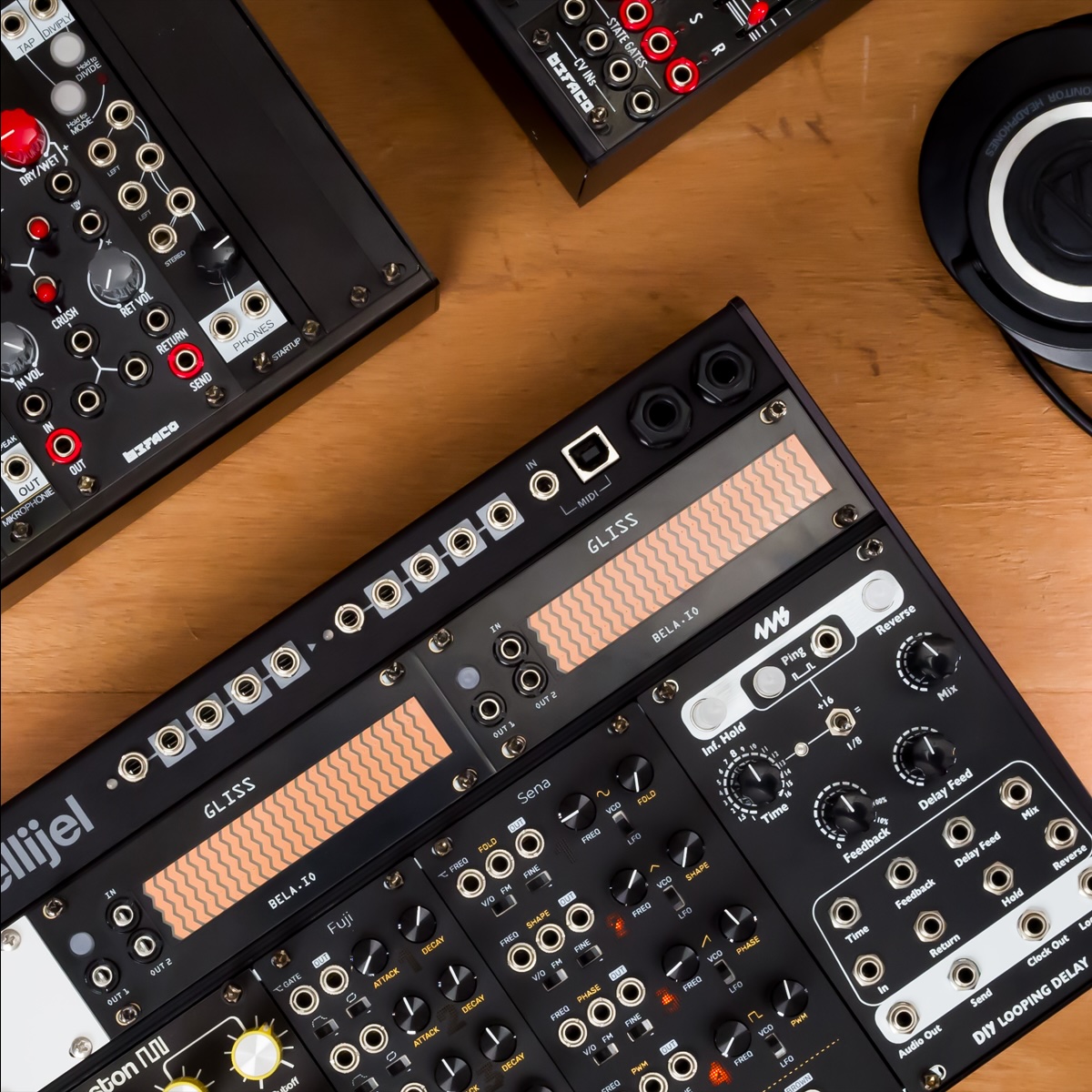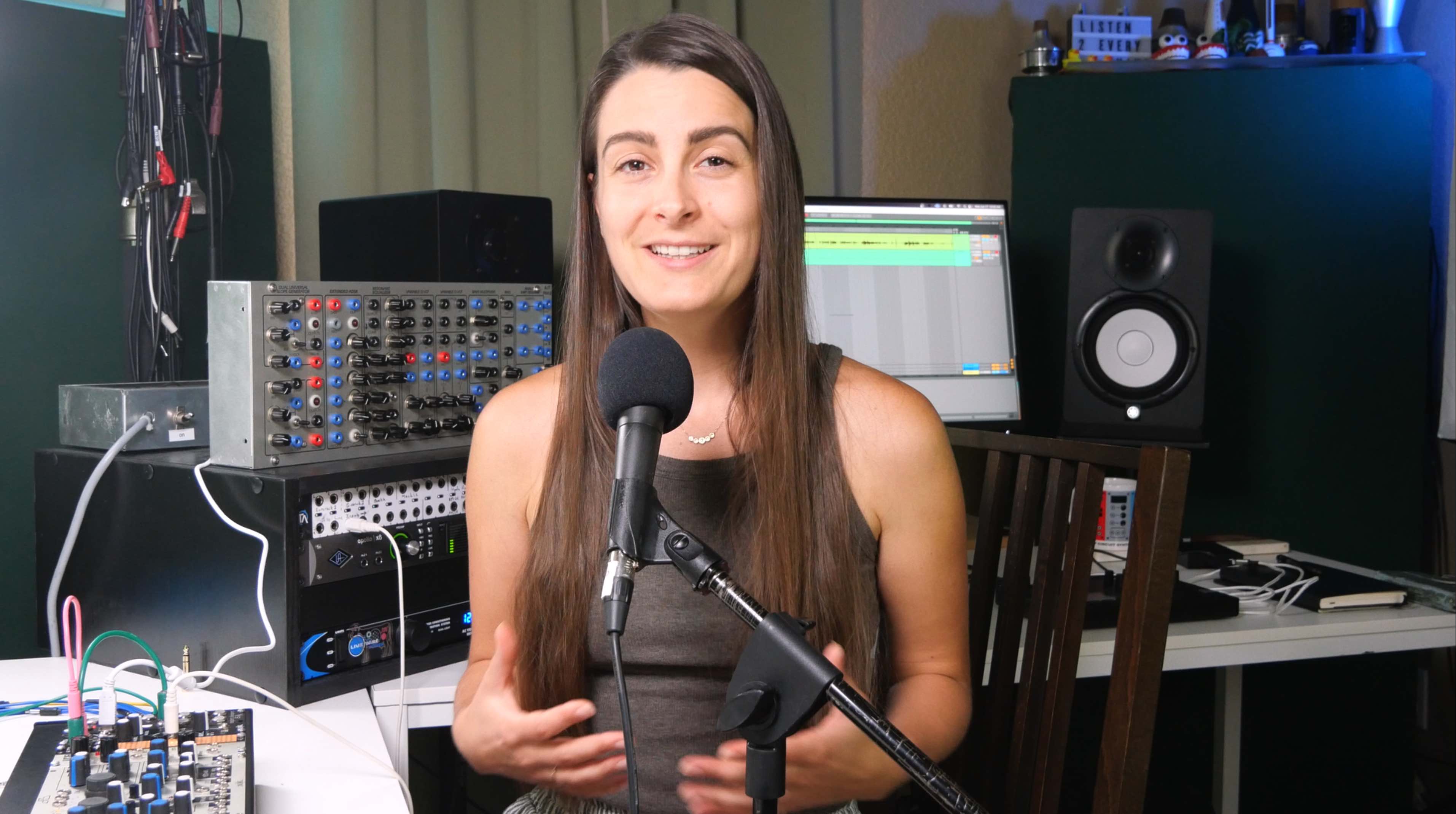Gliss Patch Notes 4
Using Control mode as a Macro Controller
One of the strengths of modular synthesis is the access it provides to parameters that are often inaccessible in other synthesis platforms. This provides the paths we need to design specific sounds and to understand synthesis from the ground up through fundamentals. But while this access is a great strength, the most dramatic or musical effects are often generated from controlling many parameters at once from just a handful of control sources. These are sometimes referred to as macro controllers.
Gliss’s Control Mode is a perfect candidate for such a role. What’s more, its variety of latching options facilitates a combination of sudden, stark changes or gradual, gestural slopes from the one setup. The latter is generated using touch to massage your parameters into place, which sets up the former to shine when your control signals are unlatched simultaneously.
To demonstrate this idea, we use two Gliss modules in Control Mode, each split into Dual Sliders, which gives us four outputs in total. We control envelope decay to extend the sound, waveshaping to add brightness, frequency modulation for inharmonic tones, plus delay feedback and time modulation for further smearing and stretching. By increasing all those parameters and latching them with the button, we increase overall density. Then with another button press, all the values are reset to zero, bringing us immediately back to our dry, staccato starting point.
When trying this idea yourself, be sure to experiment with controlling different combinations of parameters and using multiples or stackable cables to send even more copies of your control signals around your system.
To learn more about using Gliss, check out the first, second and third episode of Patch Notes, the Video Manual or Sarah Belle Reid’s exploration of Gliss’s waveshaper.




